The Netherlands are known by many for its, tulips, wooden shoes, cheese, bicycles and windmills. And for some other stuff probably. ;-)
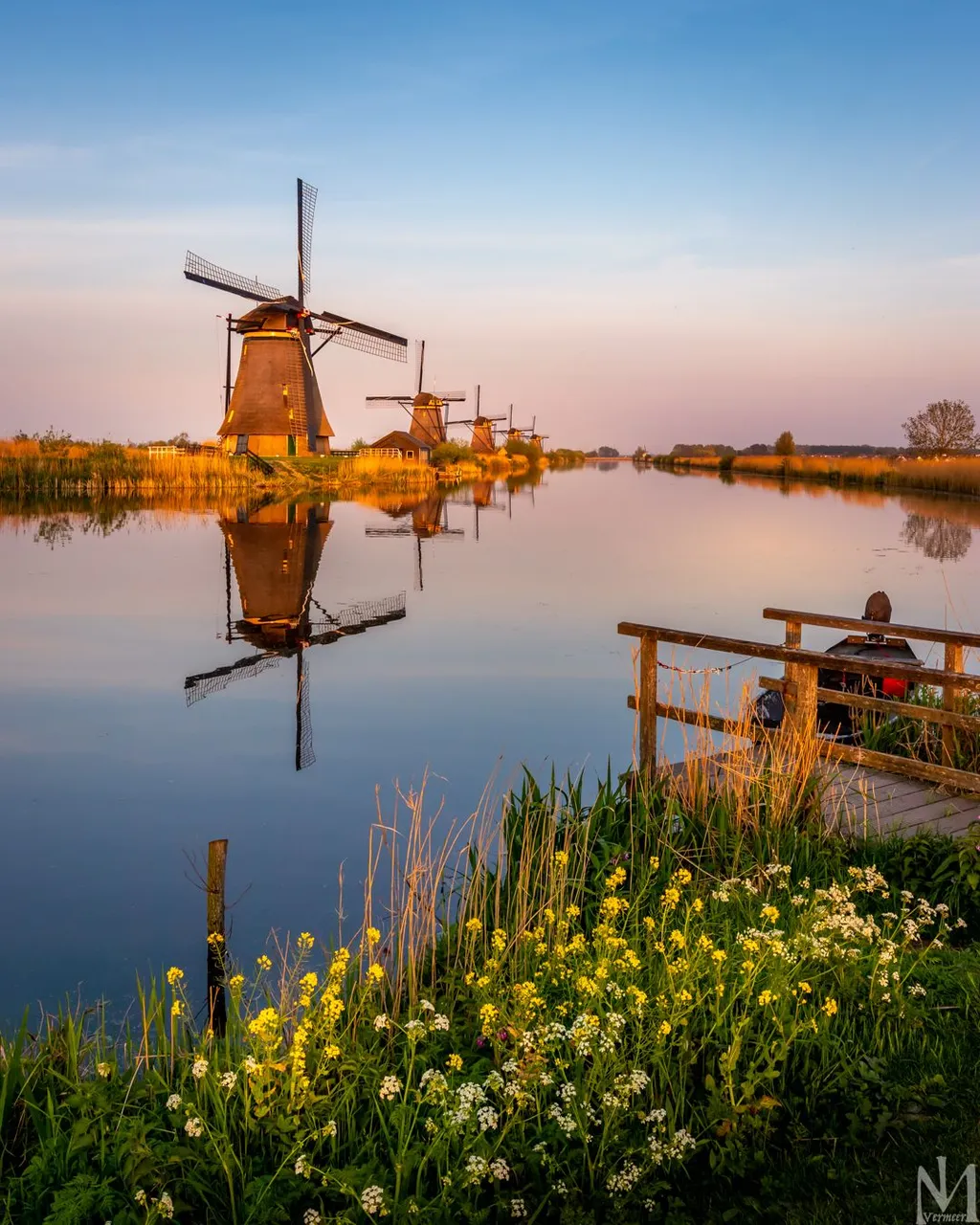
Below sea level
Not everybody knows that big parts of The Netherlands are below sea level. And that explains why there are so many windmills. The windmills were used as pumps to pump out the water. That still happens today, but most of it is done electrical. Many windmills are still there, used as houses or sometimes as museum or gallery.
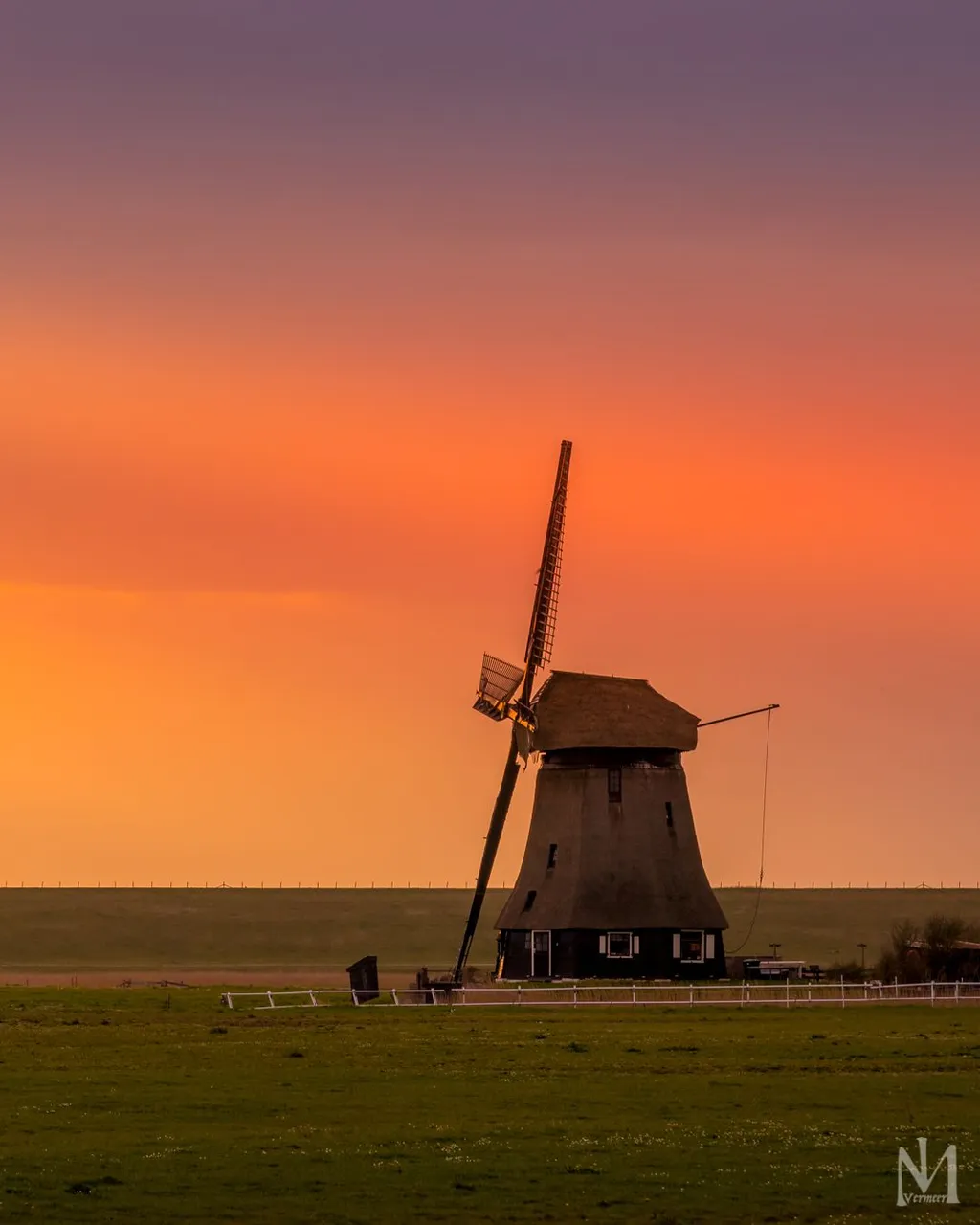
(windmill behind a dike below sea level)
Windmills you find close to water were used as pumps and windmills you find in agricultural places or in cities were, and sometimes still are, used to for grain grinding. Most of the windmills are build as small houses, sometimes they are rebuild for that purpose. Windmills are part of cultural heritage and therefore forbidden to take down. You'll find windmills in or near most of the cities in The Netherlands.


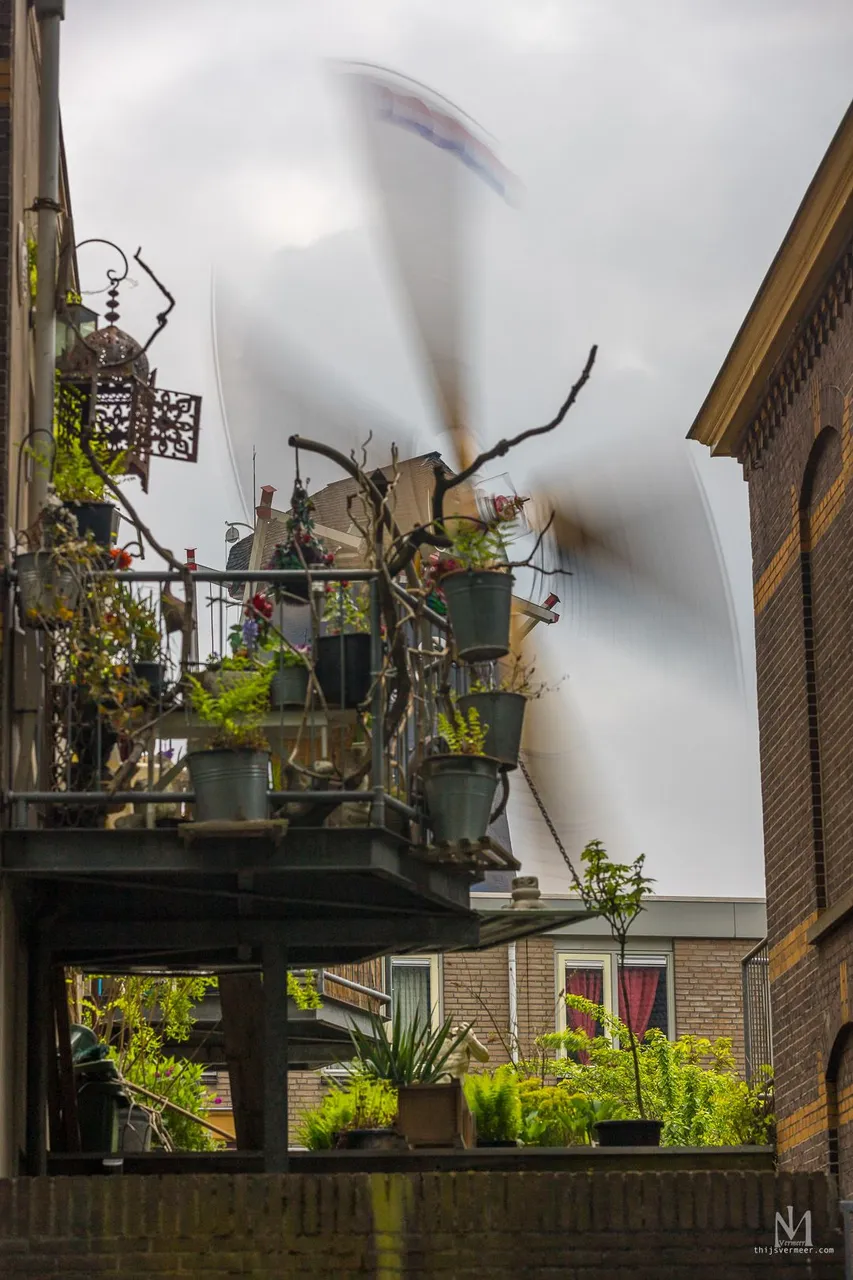
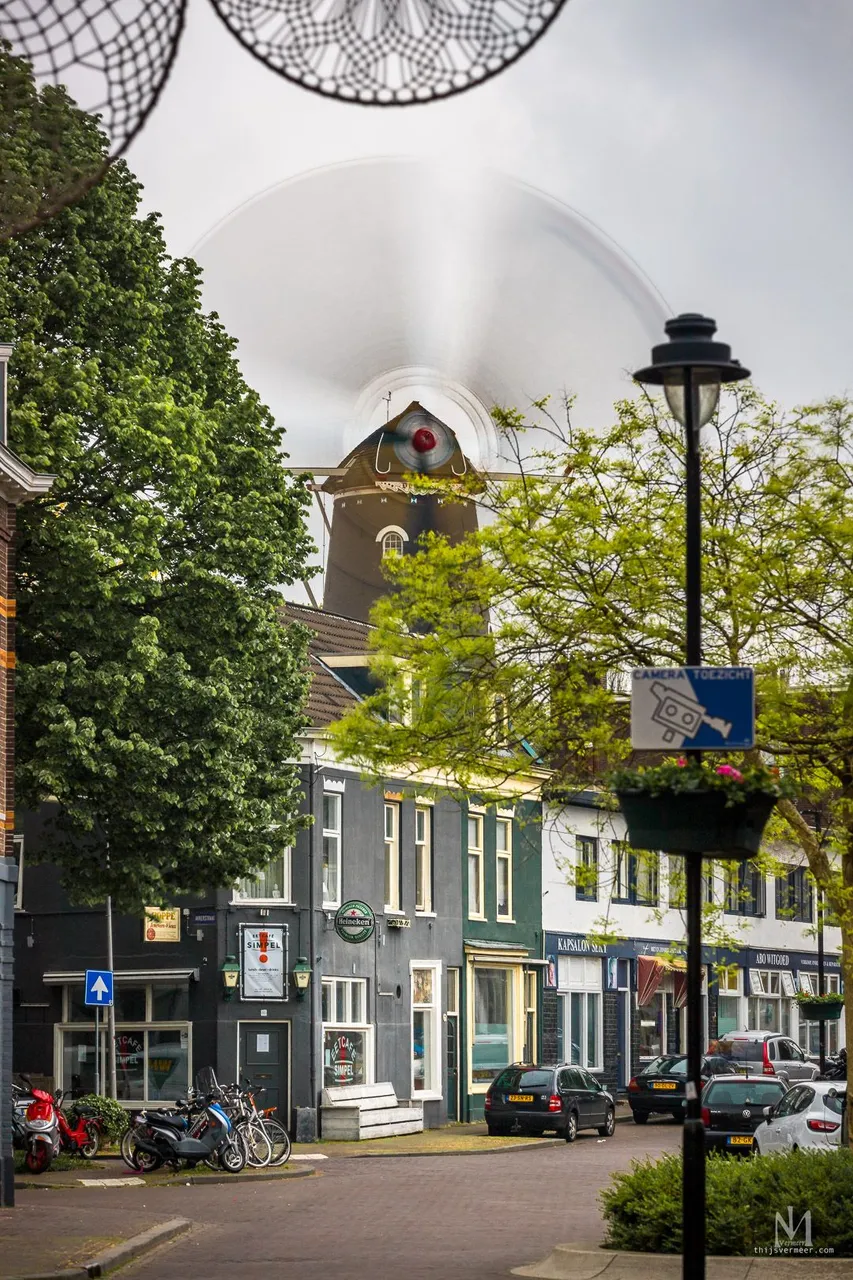
Windmill still in operation in the city of Arnhem
Communication in war times.
During the second World War the Netherlands were occupied by German forces. But there was large group of people that were united in a secret resistance. They hid Jewish people in their houses, like the story of Anne Frank and smuggled food and other stuff to help each other survive. The windmills were used to communicate and to warn each other. They used sings by rotating the blades of a windmill in a certain position. This way a message could travel rapidly through a certain region.
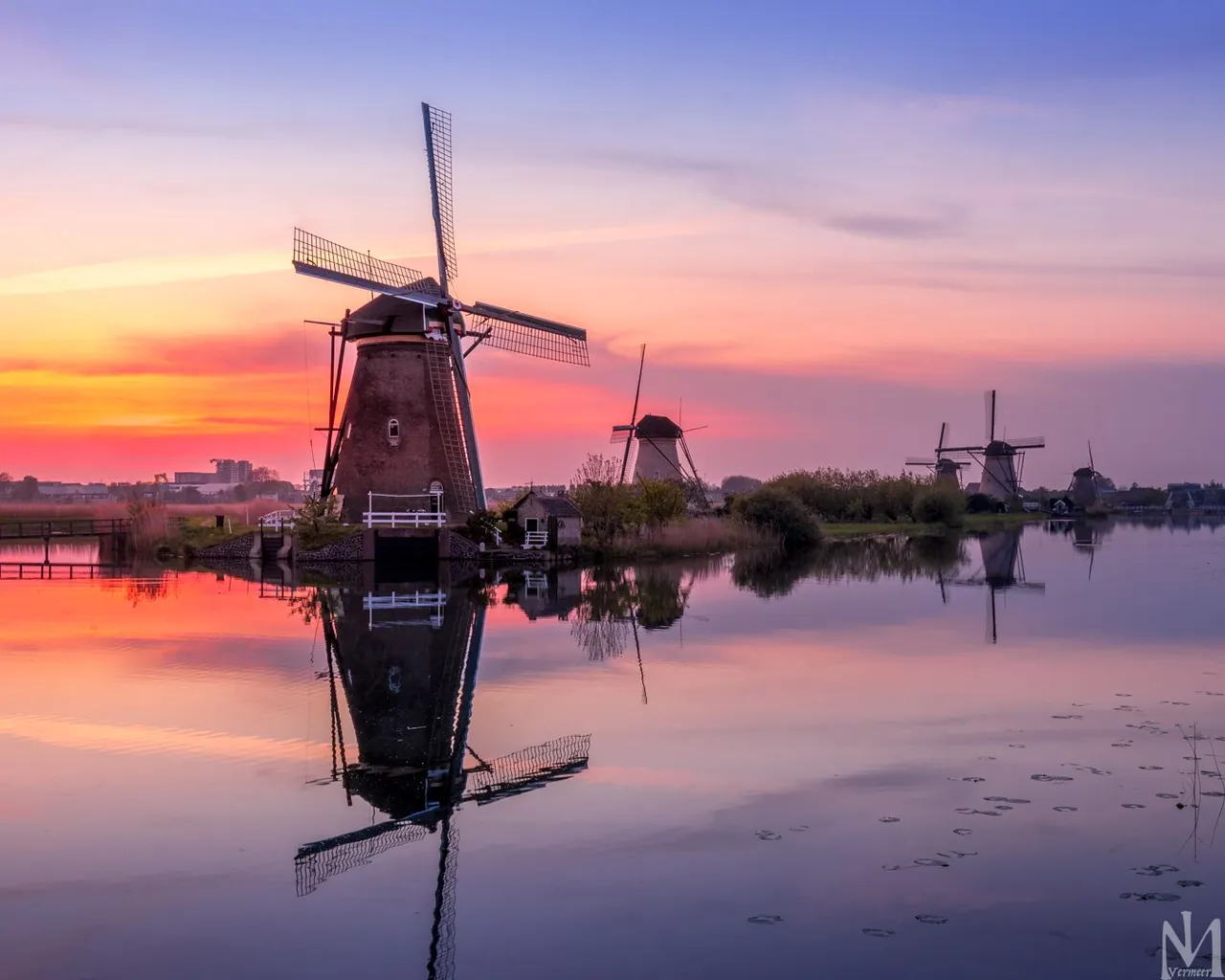

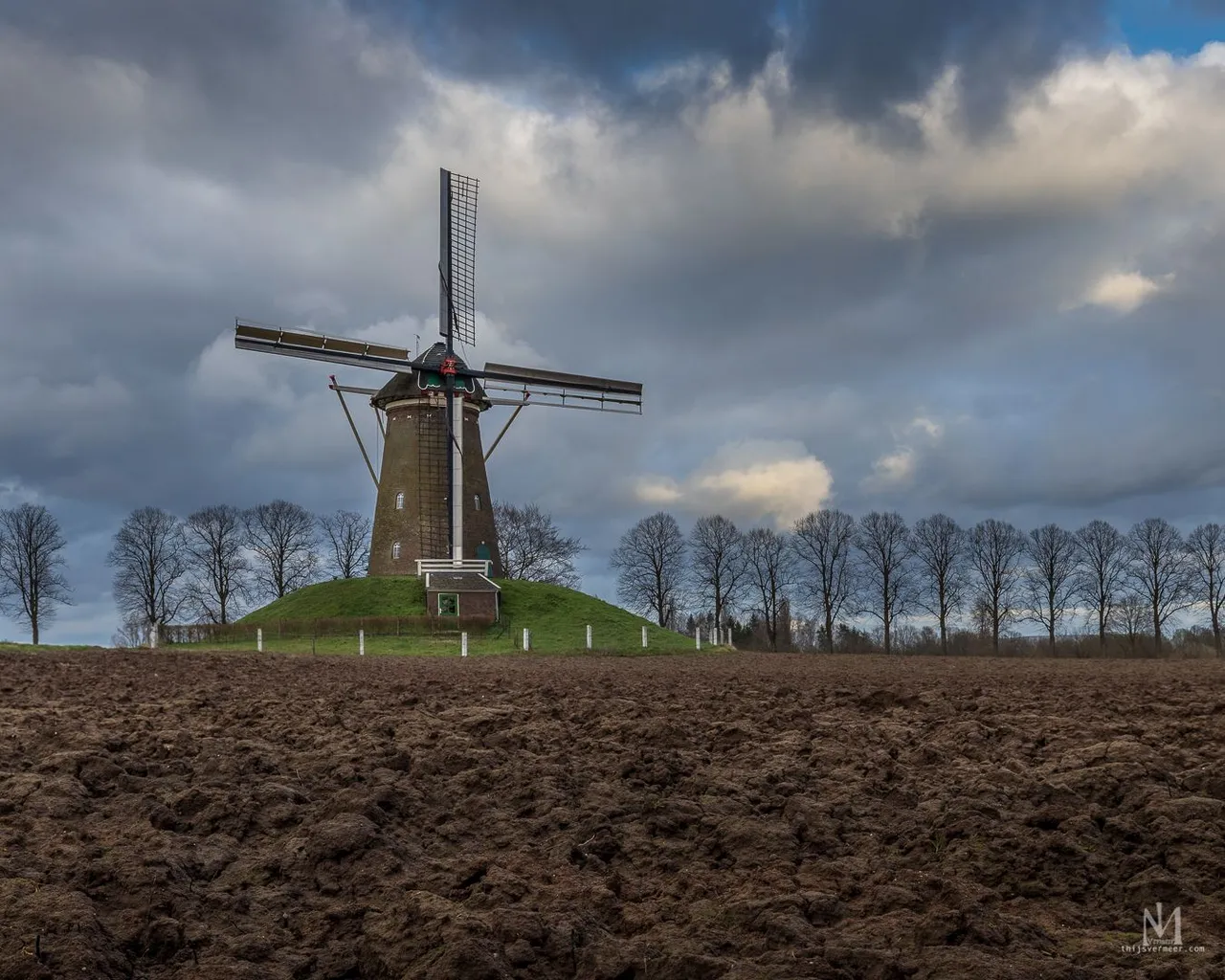

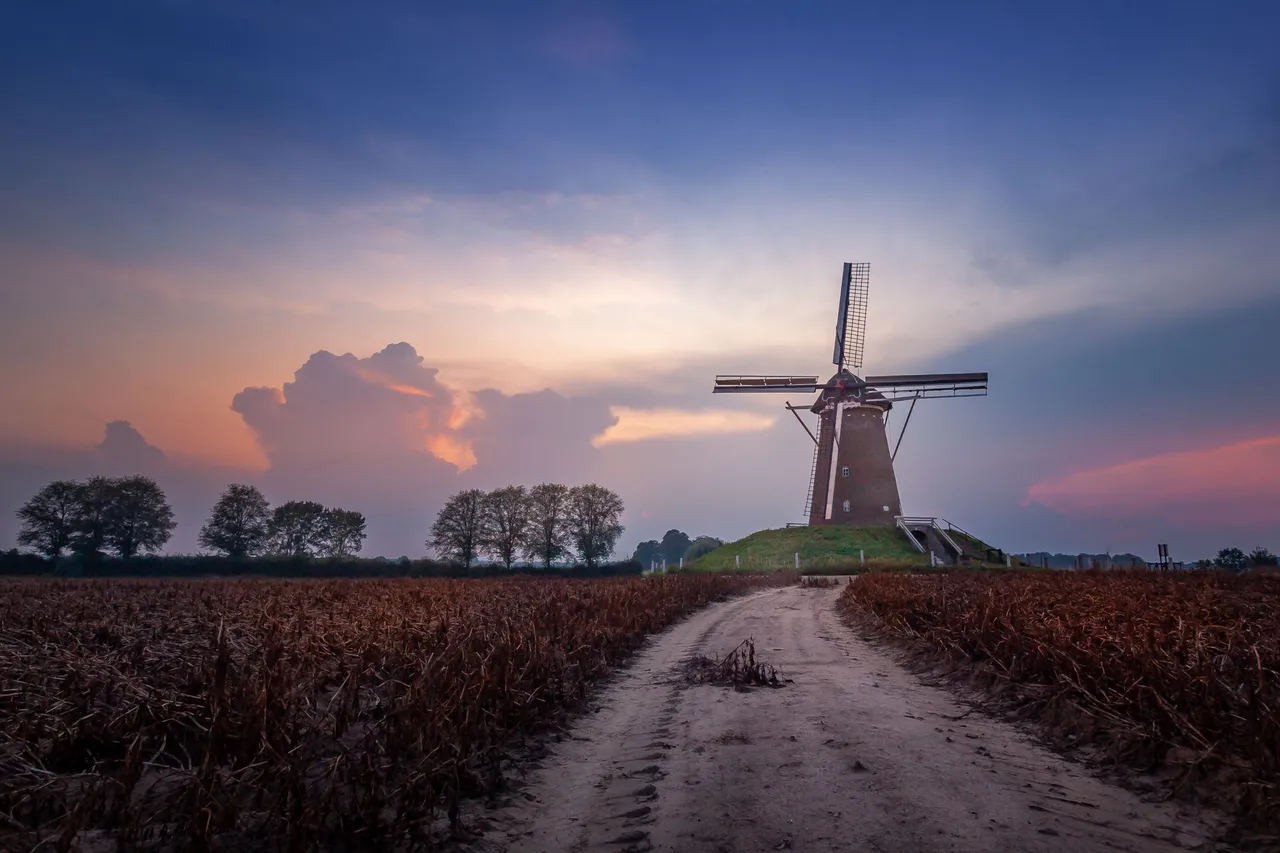

Visit a windmill
If you have the opportunity to once visit The Netherlands I would definitely recommend of visiting a working windmill. It's fascinating to see how all the woodwork, rotating wheels and stuff operate as they spin huge stone wheels to grind grain.
Cheers,
Thijs